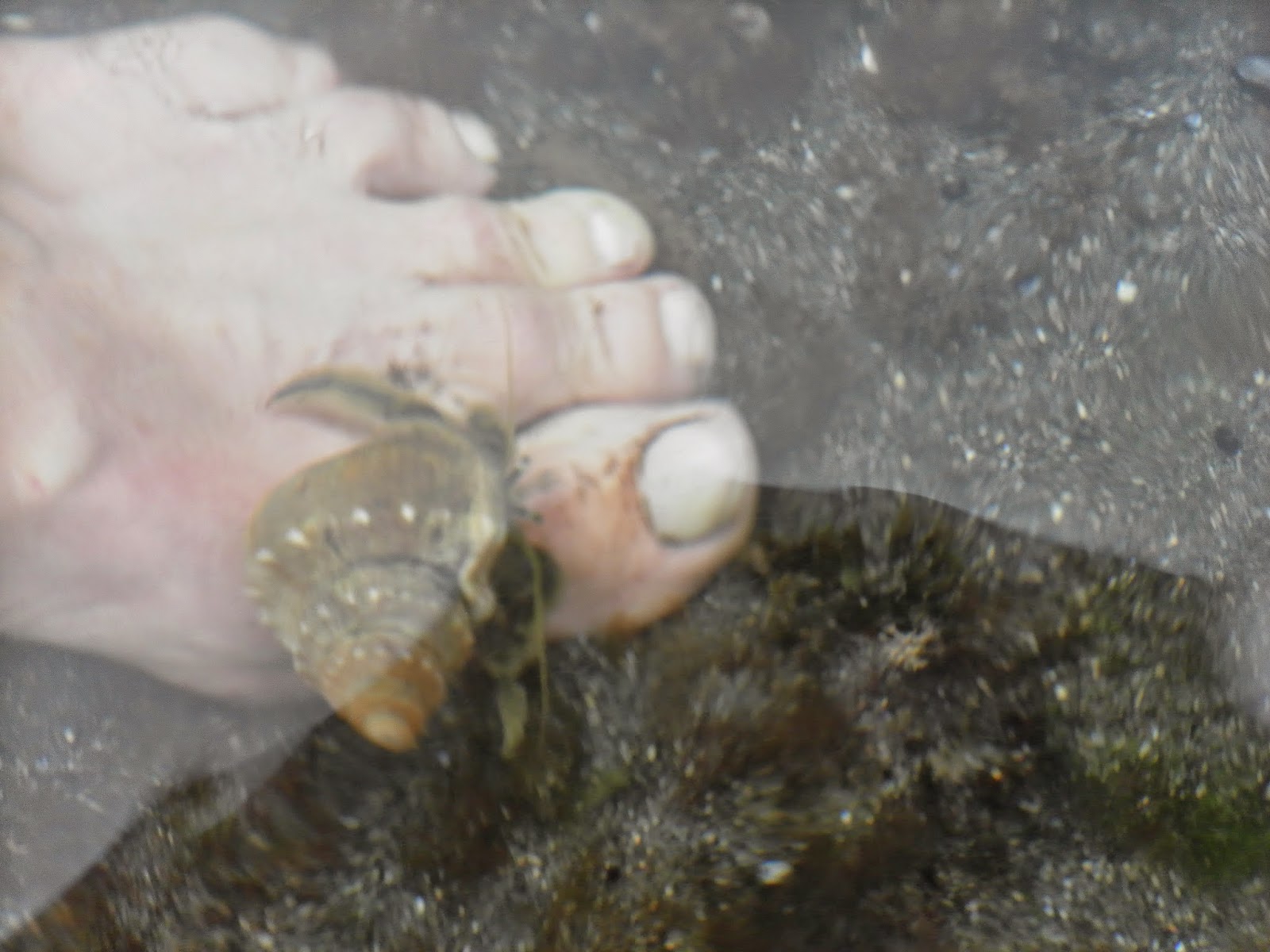Two Community Snorkel days were held at Nga Motu Beach. Nearly 100 people took the opportunity to pick up some snorkelling skills. Wetsuits, masks, snorkels and fins were provided and small groups went out with an experienced snorkeler. There were free sausages afterwards!! It was great to see some Lepperton families at the event!
 |
| We put our gear on before we get in the sea so that we don't lose it. |
 |
| These guys were there to make sure everyone was safe. |
 |
| The Waka Ama crew offered free rides! |
























